Te Marautanga o Te Wharekura o Rakaumanga
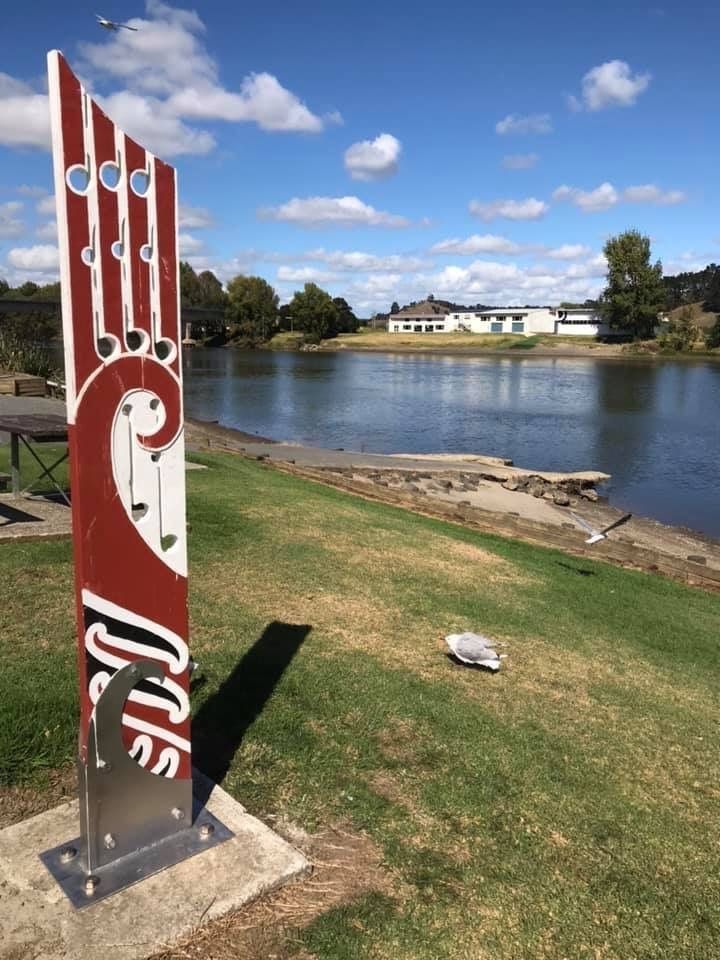
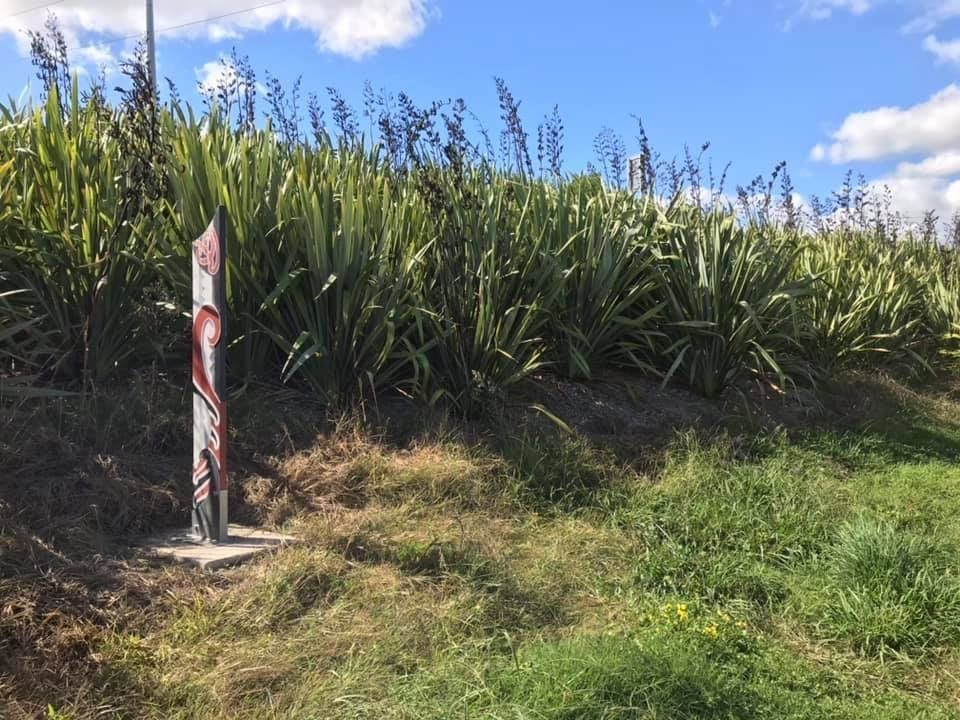
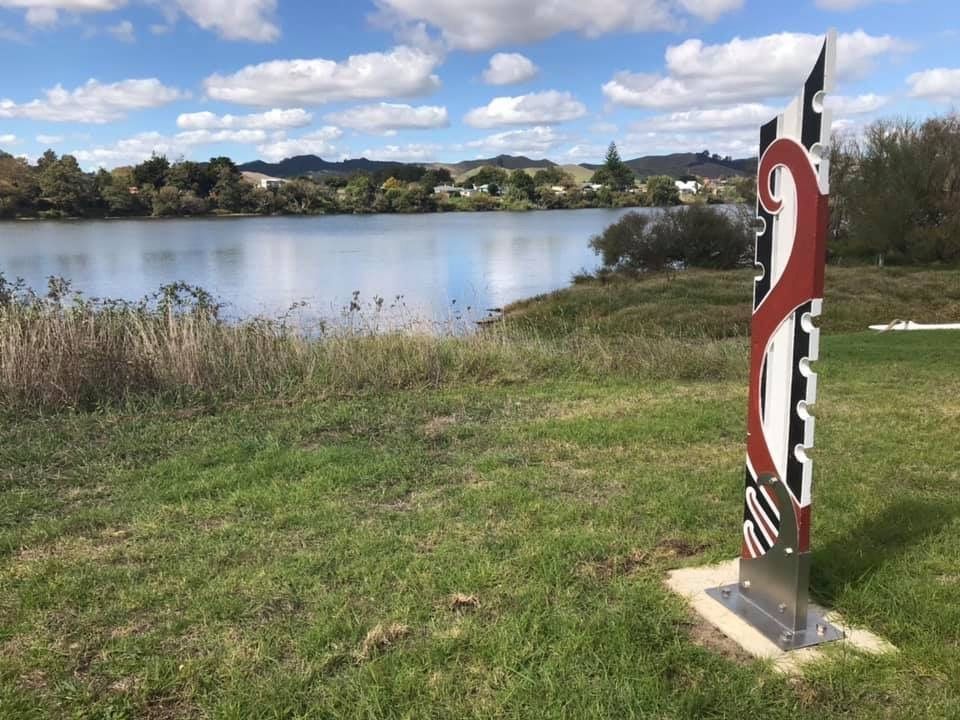

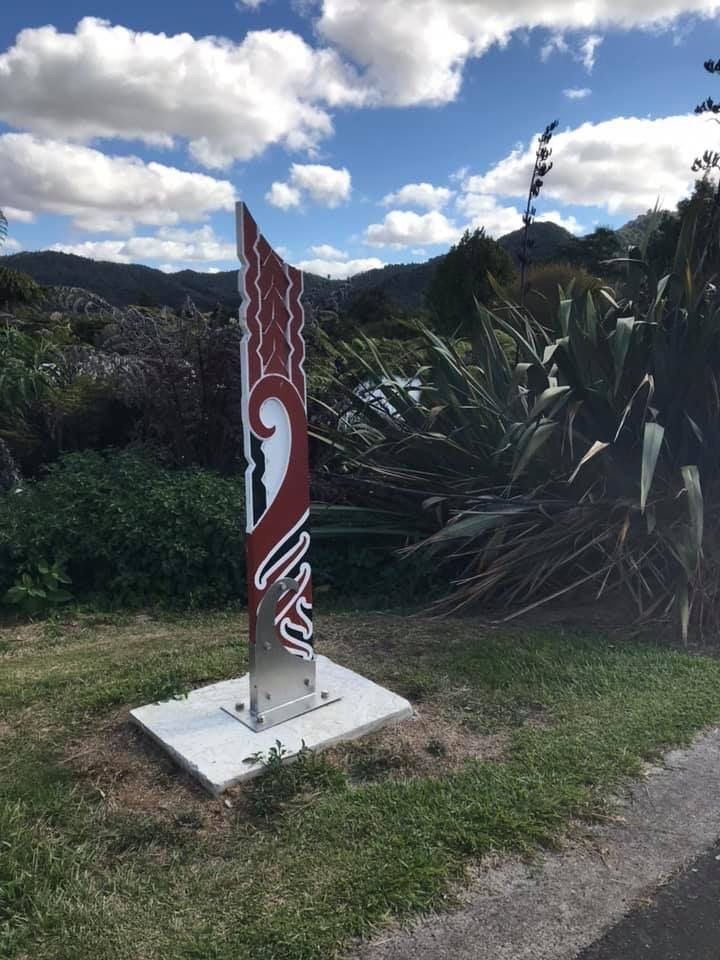

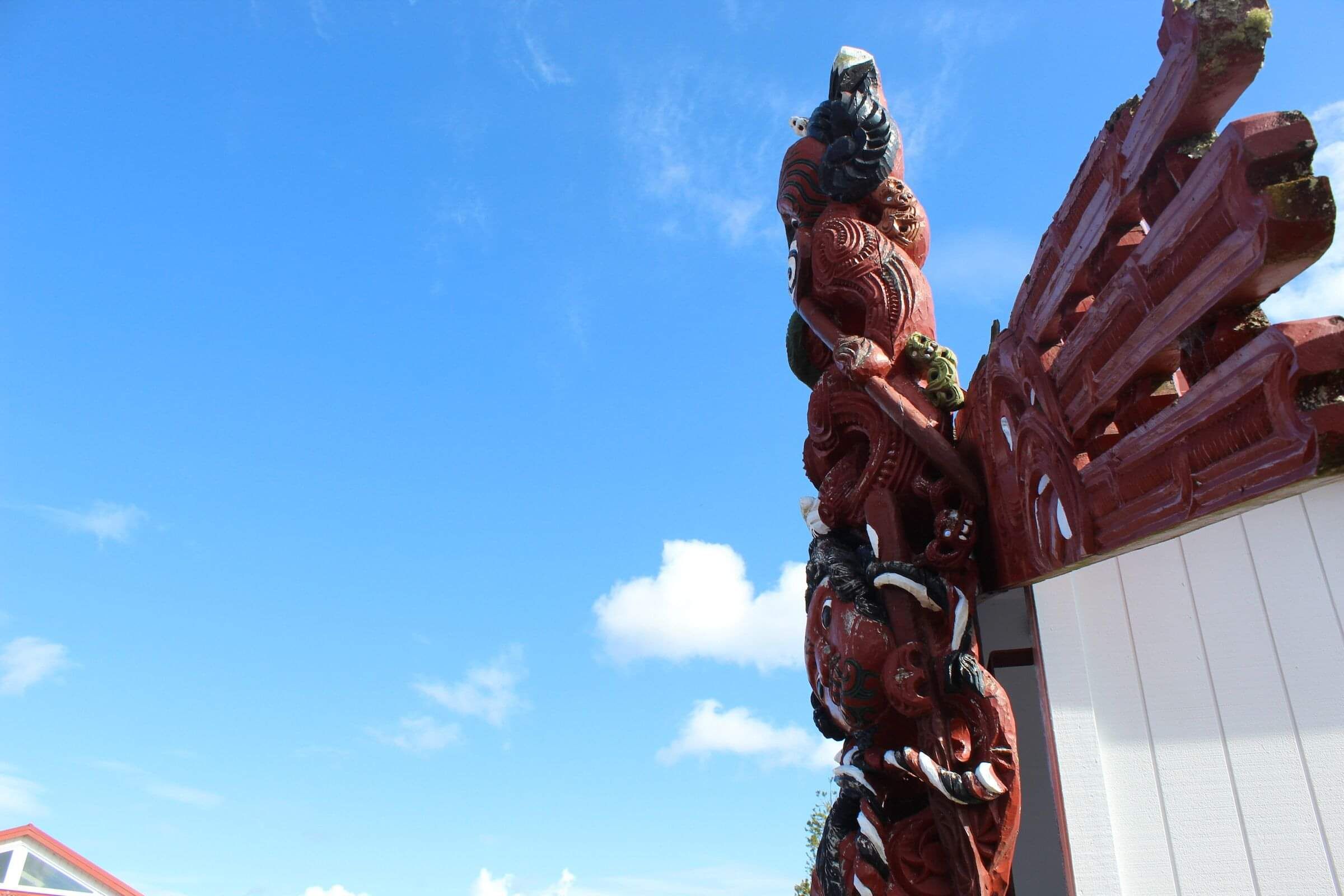
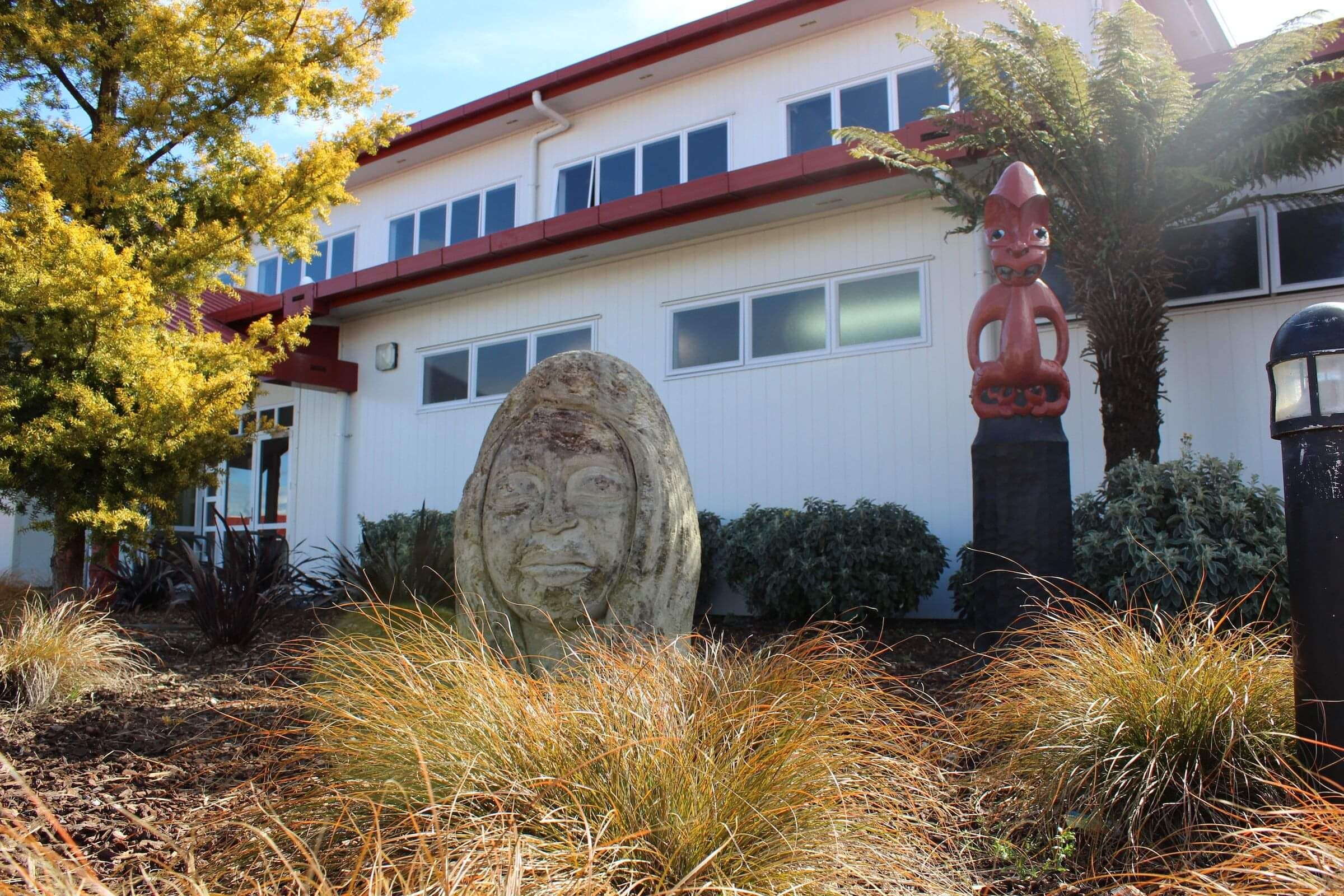
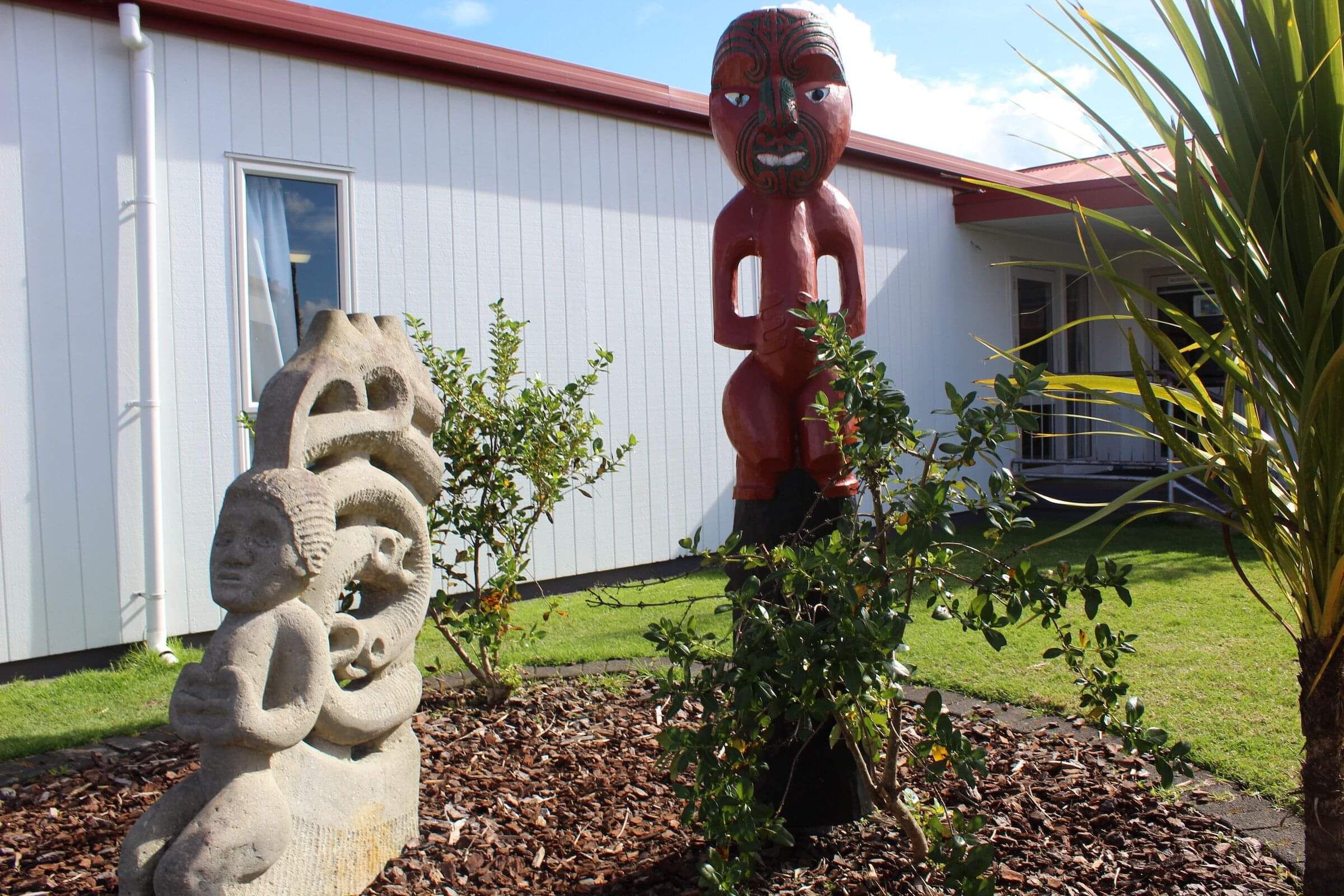
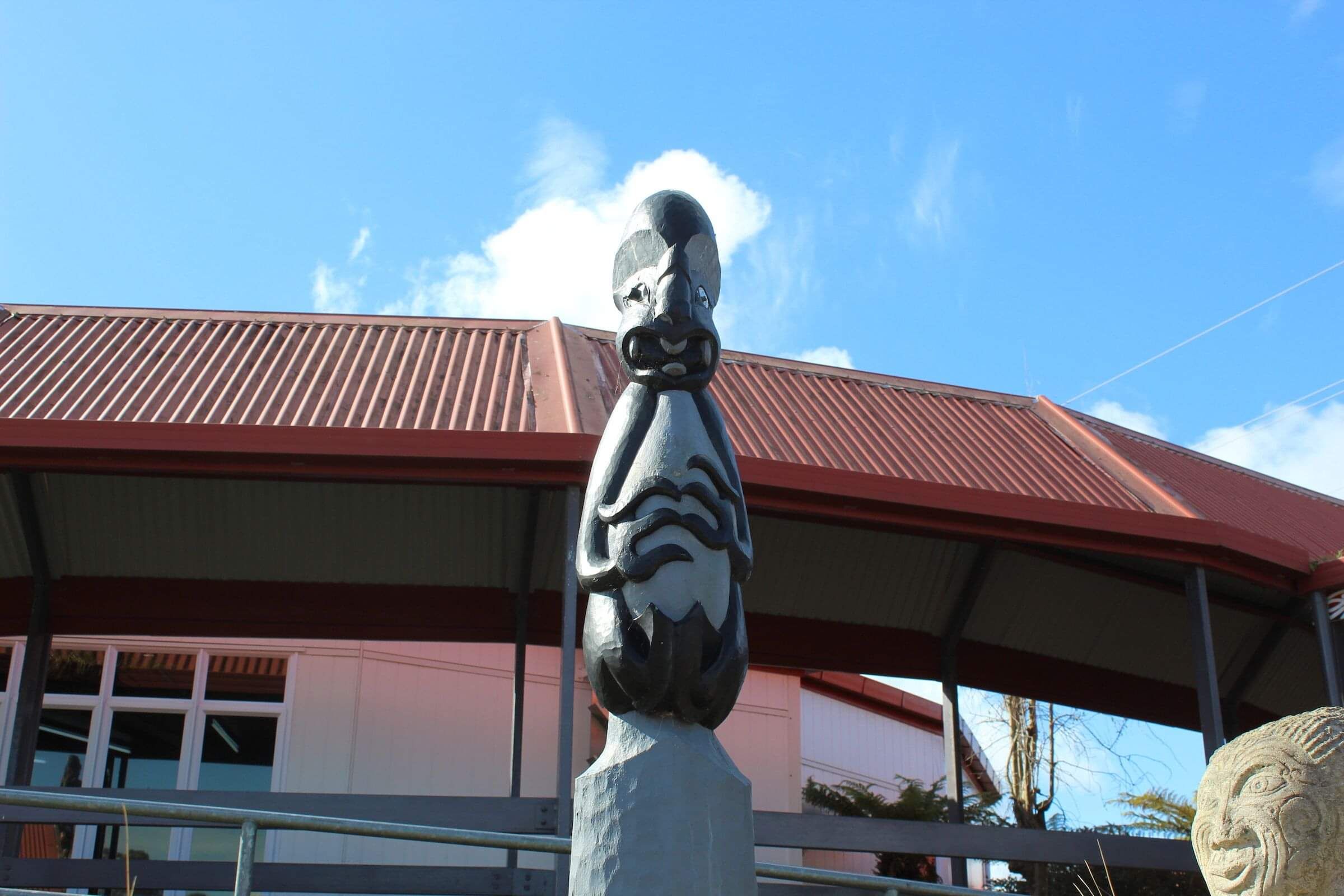
“Toku awa koiora me ona pikonga he kura tangihia o te matamuri”
The curriculum is based on Te Awa o Waikato as the symbolic metaphor of life long learning and its journey through the Waikato rohe as it passes sites of significance and of major events to Waikato that helps realise the broad outcomes. The river is a living embodiment of our tribal identity and as such is a significant taonga. Students are kaitiaki of the river and therefore self responsible for their own lifelong learning journeys. Their journeys in education move and change, deepen and rise in a continual flow to the open sea.
Students enter as Piipii in Year 1 in a learning journey that sees them exit as young adults in Year 13 with spiritual, cultural, intellectual, physical, and social skills and knowledge that allow them to fully participate in a global world as Waikato-Tainui graduates.
The waka that traverse the waters of the Waikato symbolise the richness of knowledge that will be attained during the learning journey from many local, regional, national and international sources to ensure a well provisioned journey. Waka are guided by Korotangi – the manu arahi who led Tainui waka to Aotearoa from Hawaiiki with Waiwaiaa as our guiding Taniwha, symbolic of traditional knowledge and our Waikato heritage.
The Kaihautu symbolise the many people involved in the learning journey that contribute to the rich store of knowledge that the child enters and leaves school with. At times the kaihautu may be teachers in the school and at other times they may be parents, Board Of Trustees, Community Leaders, Kaumaatua and specialists from outside the school. We are all responsible for ensuring that our students succeed, and that the waka they embark on are well provisioned and aptly led. As kaitiaki of the Kiingitanga and Waikato – Tainui, teachers in the school are also referred to as kaitiaki.
"Tuurangawaewae mo te Kiingitanga”
The formal schooling journey begins at Tuurangawaewae, symbolising the heart of the Kiingitanga under the leadership of Kiingi Tuheitia. It is here that the programme planning phase begins with each kaitiaki developing a rich programme relevant to the needs of the students as determined by its people in Te Wharekura o Rakaumangamanga Curriculum and relevant sections from Te Marautanga o Aotearoa and The New Zealand Curriculum Framework documents.
The kaitiaki then fills the waka with appropriate people and resources to take a collaborative learning journey that incorporates Te Ao Maori and Te Ao Pakeha skills and knowledge. On the journey, there are eight significant landmarks which house symbolic kete that hold relevant learning areas. Turangawaewae the first, Hopuhopu, Taupiri Maunga, Rahui Pokeka, Rangiriri, Mangatawhiri, Pukaki and Te Puaha o Waikato. The curriculum is a two year cycle that includes integrated learning approach and units at each of the sites of significance.
TUURANGAWAEWAE - Mana Motuhake -
Tino Rangatiratanga
Students will learn about their role as Kaitiaki o te Kiingitanga by exploring global and local events that have been of significance to Waikato, Maori and the Nation. Students gain an understanding of their own heritage and of their place in a wider context. The struggle for language and culture recognition through protest and political lobbying will form part of the study as well as the history of Kohanga Reo, Kura Kaupapa Maori, Maori Wananga and Maori media/music. They will also understand that people’s views on past events differ.
HOPUHOPU - Whakatupuranga 2050
Planning for the future: Post - 1995.
Students will learn about leadership and consensus when deliberating issues. In particular students will look at the tribes development (social, education, economic and cultural) since the Settlement.
TAUPIRI - Tribal Heritage and Tribal Pride
(Waikato Kawa, Tikanga and Hitori)
Students will learn about past events, experiences, and actions and the changing ways in which these have been interpreted over time. This helps them to understand the past and the present and to imagine possible futures.
RAHUI POKEKA - Science and Technology
Students learn how science and technology shape human lives and livelihoods and how the environment, society and culture in turn shape the development of science and technology.
RANGIRIRI - Conflict Resolution
Students will understand how to balance their concern for satisfying personal needs and interests with their concern for satisfying the needs of others in different ways. Needs are reflected in the ability to feel safe and secure, and to feel respected and valued.
MANGATAWHIRI - Multi-Cultural Societies: Ethnic Neighbours
Students learn about the diverse cultures and identities of people within their community and understand that different cultures have their own way of representing their values and protocols. They will learn about society and communities and how they function. They will also learn about the diverse cultures and identities of people within those communities and about the effects of these on the participation of groups and individuals.
PUKAKI - Trade and Industry: Entrepreneurship. (Financial Literacy)
Students learn about the ways in which people participate in economic activities and about the consumption, production, and distribution of goods and services. They develop an understanding of their role in the economy and of how economic decisions affect individuals and communities.
TE PUAHA - Global Citizenship and Careers
(Careers and Post Rakaumanga.)
Students learn about the diverse roles of people within their local, national and global communities.
THEMATIC TEACHING AND LEARNING APPROACH
PROCESS :
Learning Clusters:
Year Groups have been clustered
Team Planning and Team Teaching.
Thematic Unit Planning using a PROJECT BASED or INQUIRY BASED approach.
By using thematic units in the classroom, Teachers will be offering their students a way to connect subject LO's with real life issues.
Connecting subject LO’s with ideas about how the world works whether communicative, economic, political, social, or emotional will stimulate study and establish a reason to learn. Language (Maori/English) and The Arts are considered process subjects meaning they offer a range of ways of allowing people to represent how something is seen and make meaning of the world in general-real and imaginary.
Content subjects (social studies, science, environmental education and personal growth and development) are concerned with ideas about how the world works. Thematic teaching will:
- Integrate the content areas providing a connection between subject areas.
- Provide a way to incorporate higher order thinking skills into the curriculum.
- Allow long term memory to retain concepts rather than topics and facts.
- Give students choices.
- Allow for different learning styles and methods of teaching.
- Allow for in-depth study by teaching more than one subject at a time (Manaaki teachers may want to plan with another teacher!)
- Make connections between school knowledge and the real world
It is required that teachers and students explore these themes using all areas of learning thereby essentially ensuring that identified key marau learning objectives for the respective levels are covered.
It is essential that teachers look/research areas of learning for resources and proven/existing strategies that would assist/increase their ability to teach and assist students. (the more you know about a kaupapa the better able you are to engage your students.) i.e Online Maths.

